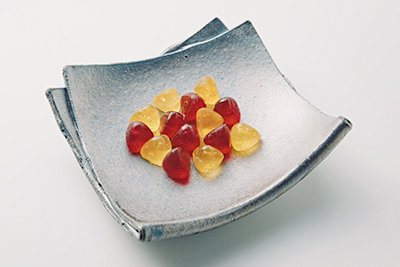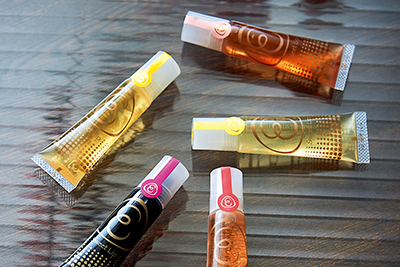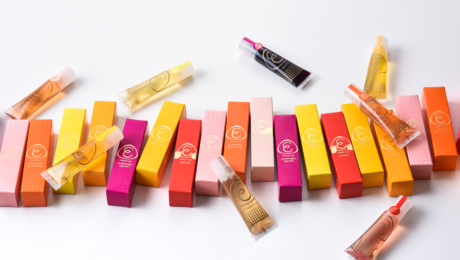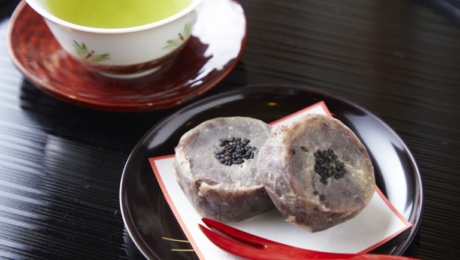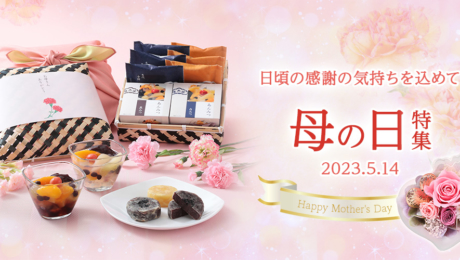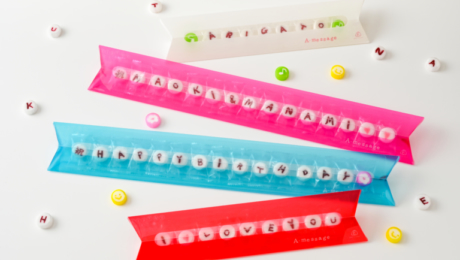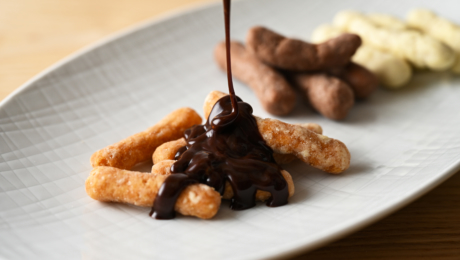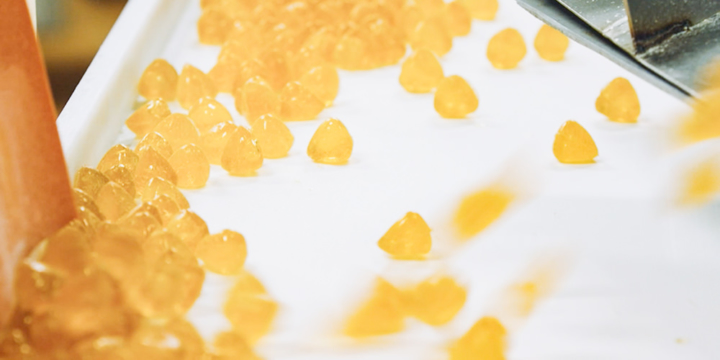

Edo’s favorite sweets are still made in the good old way
In 1818, in the late Edo period (1605-1868), a confectioner from the city of Hanno, Hosoda Tokubei, moved to Edo with his two grandsons. They opened their first shop under the name Izutsu-ya, then created and sold kensenbei (“fist senbei”) in Kudansaka close to Edo Castle, keeping the business within the family for several generations. Hosoda Eitaro (later Yasubei) the great-grandson of Tokubei, established a small confectionary in 1857 in Nihonbashi, selling mainly Kintsuba (“golden sword-guard-shaped confections”) and Daifuku (“good-luck mochi cakes”).
Before long, he conceived a candy that became a big hit, making the name of Eitaro Sohonten known throughout Japan. This crimson candy was pulled into a stick-shape, cut with a scissors and pinched in a way that left a triangular shape, affectionately called “Umeboshi candy” (pickled plum candy) by wordplay-loving Edo dwellers. During the Meiji (1868-1912) and Taisho (1912-1926) periods, when cosmetics were in short supply, dancers and other performers in the Kyoto-Osaka region coated their lips with the “pickled plum candy” before adding lipstick, as a way of protecting their lips and bringing out the luster of the pigments, making this one of Tokyo’s perennially popular souvenirs.
The signature products of Eitaro Sohonpo are still the much-cherished Kintsuba and Umeboshi candy. Today a transition from making products by hand to partial manufacture by machine is underway, but the processes and materials have changed very little. The work still requires trained craftsmen. In order to create transparent candy that delights the palate, workers are needed who can intuitively adjust the temperature settings according to the daily weather. When mizuame (syrup candy) is made from brown sugar and sweet potatoes by boiling over a direct flame at high temperature, the perfect time to draw the candy from the pot can only be determined by the trained eye of a confectioner.
Currently, Eitaro Sohonpo’s second brand, Ameya Eitaro, based on the historical usage mentioned above, is a syrup candy resembling lip gloss sold as “Sweet Lip,” appealing once again to Tokyo women who love to indulge in kawaii (adorable) things. While maintaining its traditional production processes, Eitaro Sohonpo plans to create other popular confections and carry Edo sweets to a new stage of development.
